I’m sure you’ve heard this term several times before but it’s not clear to you.
Why everyone is suddenly talking about it?
The truth is that you should take it into account if you want to convert more prospects into customers.
Let’s look at it in detail and look at some examples of UX copywriting too, so it’ll all be clear.
UX stands for “User Experience”.
This field focuses on making the experience when landing on your website or using your App enjoyable for the user.
Words play a very important role when you depend on users to perform specific actions, such as booking tickets, playing a game, buying clothing or an airline ticket.
Words need to be very well thought out and placed in strategic places to facilitate the process of buying or using a tool.
But how do you choose the right words and how do you know if they work?
When you study UX copywriting, you study the users’ behaviour when we interact with a tool, website, game or app.
In short, anything in which people need to perform some action.
That’s why it’s so important to involve the copywriter from the first minute in the design of the web, tool, app, etc.
Even though design and copywriting seem to be 2 completely different fields, they have many things in common.
Both aim to make a customer respond in a specific way.
If a user lands on your website and within the first 2 seconds doesn’t know what you offer, she gets lost with an infinite number of options in your menu, clicks on a link but it takes her somewhere very different from what she expected, etc., you are attempting against the principles of UX.
Let’s get into the subject to understand it better, but first, let’s clarify something you might be wondering.
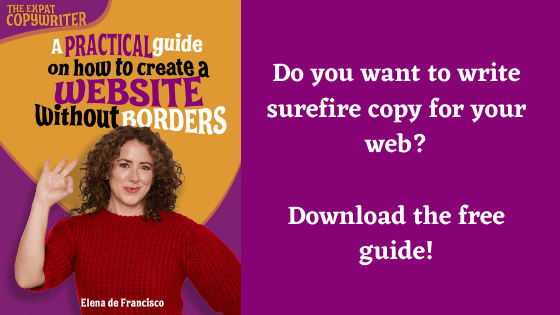
Differences between UX writer and UX copywriter
It may sound the same, but it’s not.
The line between these 2 roles is quite thin however there’s a definite difference.
The UX writer knows which words to choose and where to place them to help the user take action.
Whereas the UX copywriter has studied copywriting first and then specialized in UX copywriting.
This means that she won’t only know how to choose the right words to make it easier for the user to take an action, but she’ll also know how to convince the user to take that same action.
Copywriting is selling in writing. It’s convincing a prospect that what he has in front of his eyes is the best option for his specific desire/problem.
The UX copywriter knows how and where to say words that will nudge the person to take an action.
UX copywriting tells a complete, consistent and convincing story to a user.
This example from Medium is perfect to explain what a UX copywriter does.
You’re reading an article and after a few minutes, this pop-up appears.
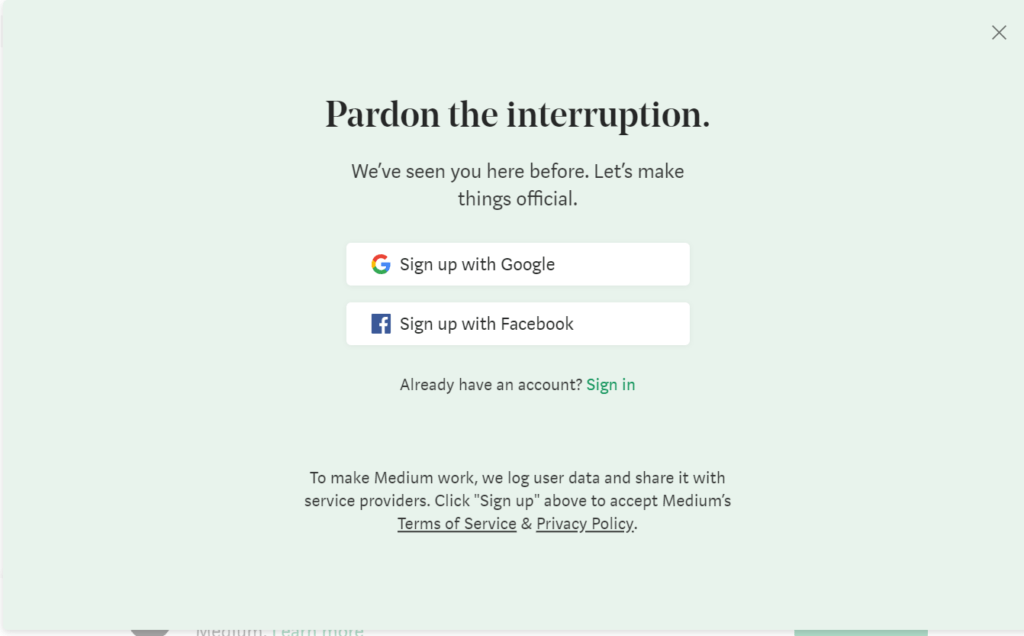
Pop-ups are usually quite impertinent so Medium’s UX copywriter thinks about the user experience by apologising for the interruption.
And it invites you to sign up with Google or Facebook to simplify the process so you don’t have to type your email etc.
This way it doesn’t bother so much, does it?
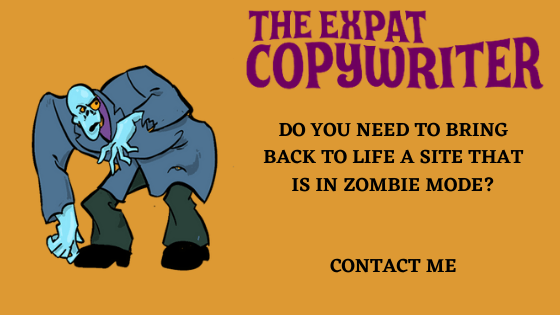
Where can we apply UX copywriting
In many places but especially in CTAs or call-to-action buttons, e-commerce in order to facilitate and suggest adding things to the shopping cart and pay, SaaS, apps, video games and especially in the mobile versions of websites.
If a person lands on a website and is not responsive, they will leave and never come back.
If a person downloads your app and doesn’t understand what they need to do, they will delete it forever.
The UX copywriter focuses on your prospect's needs and behaviour. Share on XA copywriter focuses on making your prospects and users happy and consequently will make you happy by increasing your income.
Now let’s see how a UX copywriter works.
Steps to writing UX copy that will delight your customers
Identify your buyer persona
The first thing you do, as for all copywriting, is research your buyer persona.
To write copy that will excite your customers, you must know what could drive them to take the action you want them to take.
We need to know their wishes, fears, aspirations, financial situation, etc.
Only then we’ll be able to speak to them in their own language. And I don’t mean in Spanish or English, but to use the words that better resonate with them.
It’s important to know their level of education and geographic location as well in order to identify trends.
Although, in general, UX copywriting uses inclusive language that everyone understands.
Apple is a perfect example of UX copy that uses inclusive language.
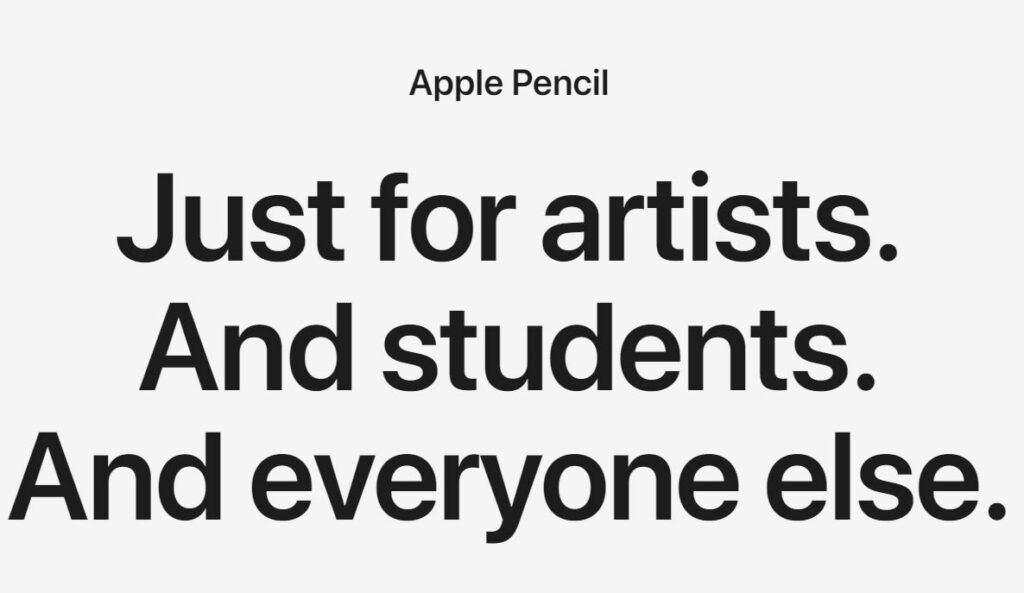
Even though sometimes they talk about specific tech features they always give real-life examples that everyone understands.
They know their audience is varied and they have to talk to everyone.
Their website is clean and easy to navigate.
A perfect user experience.
Know at which stage of the buyer journey your prospects are
As we saw in my article about what works on social media, we are all at different stages before we buy something.
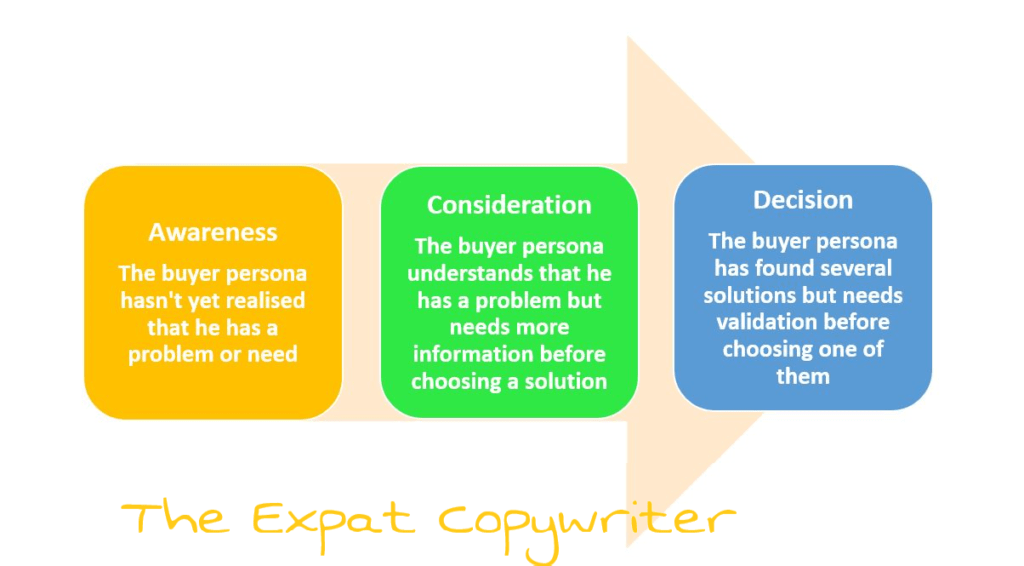
Understanding at which stage your prospects are will allow you to focus on what they need to know.
It will also make it easier for you to answer questions before they are asked, eliminating all objections.
You need to consider the nature of what you are selling too.
For example, if you’re selling a WordPress Plug-in, you don’t need to convince your prospect to use WordPress because they’re already using it.
You need to know the starting point in order to help the user in the best way and not explain too much or too little.
Work with designers and product managers from the beginning
This is a very common mistake many companies make. They design first and then ask the copywriter to “include text”.
If the copywriter joins the project at a later stage the result could not be as good.
A good UX copywriter needs to know the product from the beginning and go through all the design phases to see what we are selling, what for and how the user should interact with it.
For example, if you want to create a website, allow the designer and the copywriter to work together from the start, this way they can respond much better to the user experience.
The designer knows where to put the navigation menu, but it’s the copywriter who knows what order should follow and what words should be in each option.
Focus on the benefit, not on the action
The key is to focus on the desires and needs of your customer.
It’s about answering this question “Why should I be interested in this?”
For example, instead of saying, “Sign up now,” you could say, “Get your free e-book now”.
See the difference? In the second case, the prospect gets something now.
Upgrade the user experience by highlighting what they’ll get from your site and your services and they’ll be more willing to buy.
Never forget the user’s question “Why should I do this?
People want to know why they have to do something. If we don’t make it clear to them, they may simply decide not to do it.
Here’s an example.
On a subscription form, a company asked for the customer’s phone number.
And they anticipated the clear objection that immediately arises:
“We’re not going to call you, but U.S. regulations require us to ask for a phone number.”
With this little clarification, the customer is reassured he won’t be bothered with phone calls.
Especially during the purchase and subscription stages, we need to ask for only the essential information to be filled in and clarify what we want the data for.
Be careful with the words you choose.
One company changed the sentence under their call to action to subscribe to their email list.
The first sentence said “Don’t worry, we won’t spam you”
Somehow when users read the word Spam, they backed out.
When they changed the sentence to “We will send you valuable information for your business once a week” subscriptions increased by 30%.
Use simple and concise language
Remove unnecessary words to avoid ambiguity. If the user isn’t sure of what to do next, they’ll leave.
Specificity is vital in guiding users to take action.
An example is Evernote’s website.
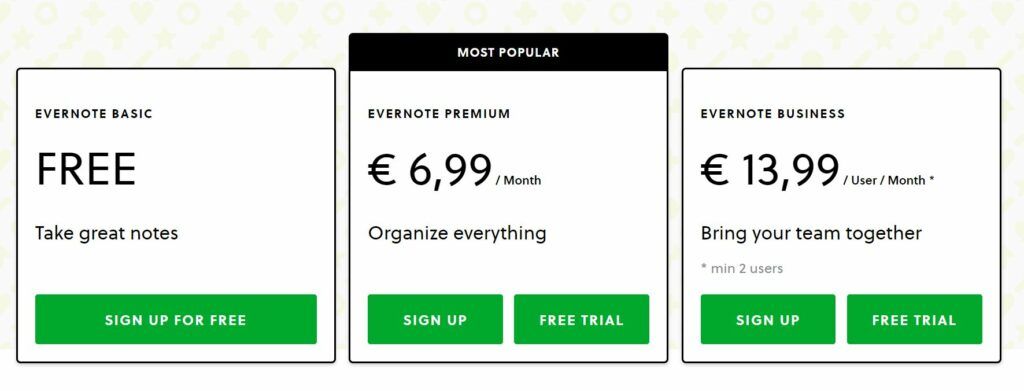
In a few words, they explain the differences between their 3 plans.
Consistency is also very important in not confusing the user.
Always use the same terms to designate the same things.
Don’t say “comments” on one page and “remarks” on another. Decide on one of the terms and always use the same one.
If it doesn’t sound right, or if you’re not happy with what you’ve written, chances are your users won’t be either.
Tip: ask someone who has no idea what all is about to read the copy to be sure it’s clear.
Pay attention to the flow of information
Consider what information should come first and how you can transition to the rest of the copy.
A silly example, it doesn’t make much sense to mention the price of your product before customers know what the product is.
You need to be intuitive and plan what the next steps are.
Use headlines to make scanning easier
When we land on a website, we don’t read everything, we scan it and read what catches our eye.
The UX copywriter knows this, so she uses bold, italics, and headlines that help the user navigate the page and encourage them to read the most important parts of the copy.
Write for the user and not to make you look good
The UX copywriter doesn’t offer information about your company that you are proud of if it won’t help the user to take an action. Share on XInformation such as prizes and degrees people haven’t heard about…
Users don’t care about these details and it doesn’t help them to take an action.
What helps them is a clear demonstration of your product, or a great testimonial strategically placed.
So don’t feel insulted if the copywriter tells you that your customer doesn’t give a damn about your company being in the market for more than 25 years. Listen to her.
Your home, service and landing pages are there to sell your product or service.
Although they can teach users something and make them laugh, your main goal should be to inform and persuade users.
Conclusion
UX copywriting is about making your customers’ life easier and convincing them that your service or product is the best option.
UX copywriting helps them buy your product, use it and interact with your customer service.
We’re all very busy in our lives and want websites, apps and software that are easy to use.
We don’t want to rack our brains to understand what it takes to get what we want.
Be inclusive with your audience.
The copy of all your pages, apps, mobile version, etc. has to be in line with your voice and brand personality. It has to be consistent.
I hope I’ve helped you understand what UX copywriting is and why it’s so important for your business.
If you have questions, I’m here to answer them.
See ya!
Further reading Words and actions: A guide to microcopy

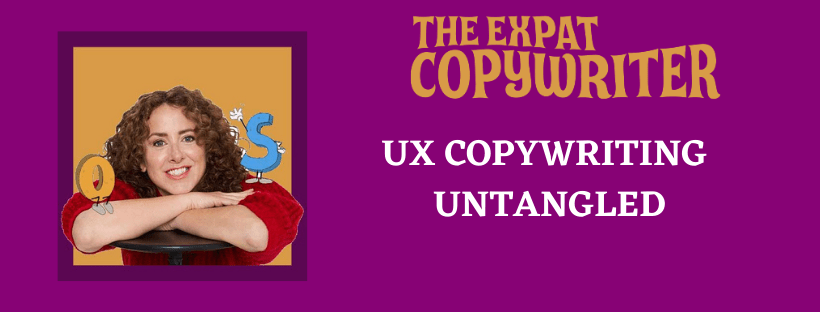
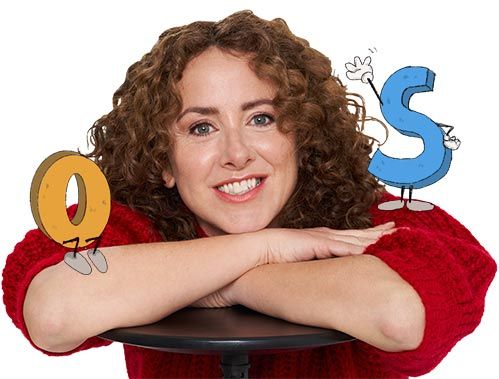
Hello Elena, thank you so much for this very informative blog. I admire your dedication and clarity. My background is in engineering. I recently discovered I would like to change industry into marketing. This industry is very new and unknown for me. And when looking at something to specialize in, I am very interested in writing/copywriting/UX copywriting. Could you suggest where I could start at? or how did you started to specialize on this? Thank you
Hi Elisa,
It’s never too late to change careers. I also did it 5 years ago and I couldn’t be happier with my decision. When you discover what you want to do, go 100%. I started following some copywriting courses and reading lots of books and then reaching out to potential clients sending cold emails.
If you read in Spanish I can recommend my new book. I teach everything I know about writing copy for websites, email marketing and social media ads. You’ll learn faster with lots of examples and practical exercises. You can get a copy here: https://www.amazon.es/dp/8418372818
If you want to follow a course in English I recommend those offered by Henneke Duistermaart, check them out here https://www.enchantingmarketing.com/books-and-courses/
Good luck and enjoy the journey!
Elena